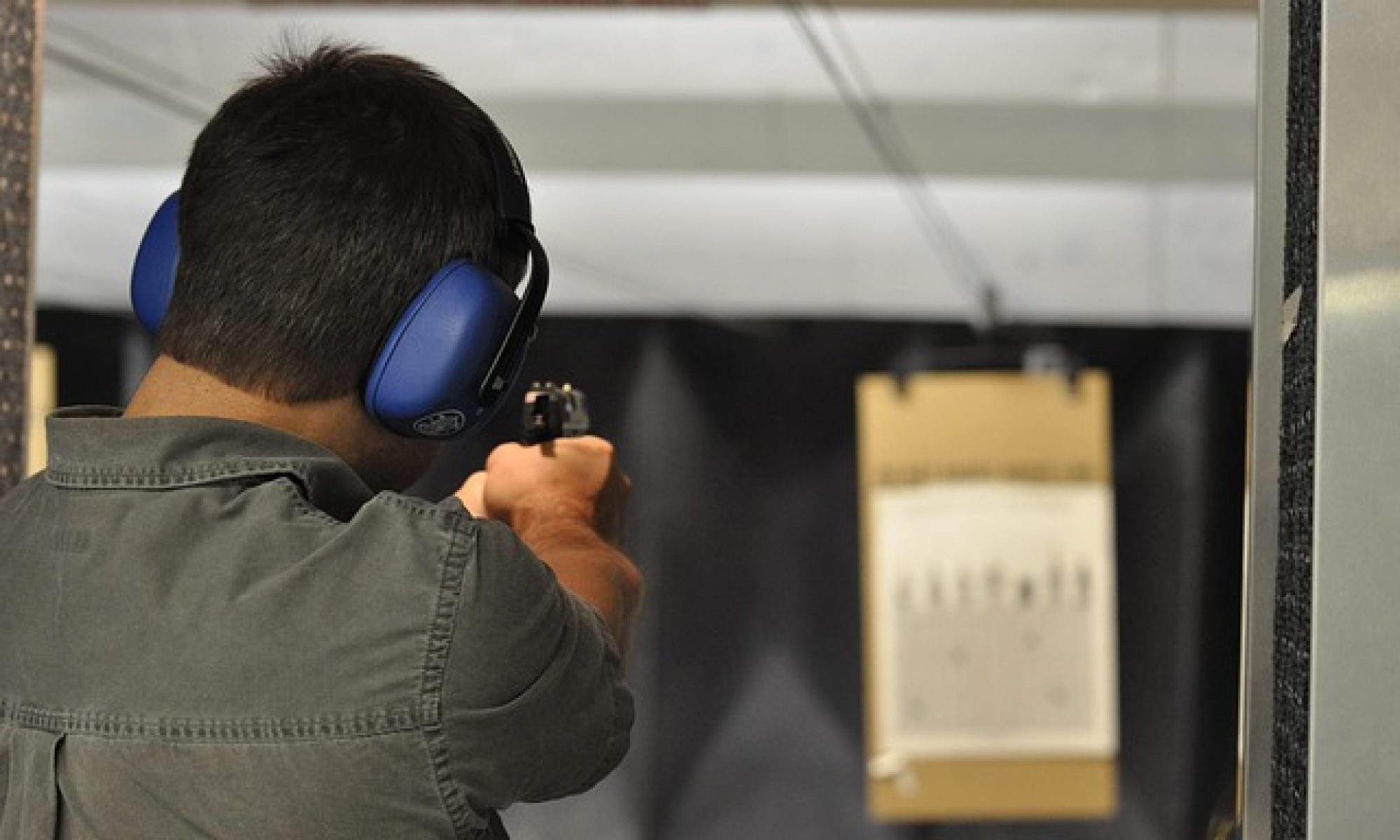Chicago’s Electrical Fire Detection Crisis Demands Immediate Action: Why Your 2025 Smoke Detector Integration Could Save Lives
Chicago property owners are facing an unprecedented challenge as new 2025 smoke detector integration requirements collide with aging electrical infrastructure, creating a perfect storm that demands urgent emergency electrical response protocol updates. The stakes have never been higher, and the window for compliance is rapidly closing.
The 2025 NFPA 72 Integration Crisis
Beginning January 1, 2025, the National Fire Alarm and Signaling Code, NFPA 72, 2025, provides safety provisions requiring smoke alarms and detectors in residential and commercial buildings to comply with the eighth edition of UL 217, Smoke Alarms, or the seventh edition of UL 268, Smoke Detectors for Fire Alarm Signaling Systems. This represents the most significant change to fire detection standards in decades.
The code states that smoke alarms and smoke detectors shall not be installed between 10-20 ft along a horizontal flow path from a stationary or fixed cooking appliance, unless the devices are listed for resistance to nuisance alarms. Additionally, smoke alarms and smoke detectors shall not be installed within a 10 ft radius from a stationary or fixed cooking appliance, unless the distance would prohibit the placement of a smoke alarm or smoke detector.
Chicago’s Unique Electrical Infrastructure Challenge
Chicago’s electrical landscape presents unique challenges that amplify the complexity of 2025 compliance. Since the mid-1980s, newly built or significantly remodeled houses and apartments in Chicago must have smoke alarms that are connected to the building’s electrical system (hard-wired) with a battery backup. However, houses or apartments built in 1984 or earlier likely have smoke alarms powered entirely by batteries.
The Chicago Fire Department successfully pushed for the city to be exempted from state requirements, with department leaders fearing the higher price tag on sealed-battery detectors could deter some landlords and homeowners. Their reasoning was, “any UL-approved detector is better than no detector”. This exemption has created a patchwork of compliance standards that now requires immediate attention.
The Deadly Statistics Behind the Crisis
The urgency of this situation cannot be overstated. According to a 2024 NFPA research report, smoke alarms were present in three-quarters of reported home fires from 2018 to 2022, but in 16% of cases, they failed to operate. In these cases, 35% of non-functioning alarms had missing or disconnected batteries, and 6% had a hardwired power failure, shutoff, or disconnect.
In recent years, nearly sixty percent of home fire deaths occurred in homes without working smoke alarms. With only three minutes or less to escape according to research findings by the Fire Safety Research Institute, every second matters.
Emergency Electrical Response Protocol Updates
The 2025 integration requirements demand comprehensive updates to emergency electrical response protocols. Commercial buildings often require hardwired smoke detectors connected directly to the building’s electrical system, with battery backup to ensure operation during power outages. Smoke detectors should be connected to the commercial fire alarm system, ensuring that the activation of any smoke detector triggers the alarm system and can automatically notify the fire department.
The most critical advantage of integration is instant emergency notification. These systems transmit detailed fire information directly to first responders, including exact location, severity, and affected building systems. This direct communication typically reduces response times by 3-5 minutes.
Smart Technology Integration Solutions
Modern smoke detection systems are evolving rapidly to meet 2025 requirements. Advanced systems can communicate with base stations to send alerts and enable emergency dispatch, allowing monitoring agents to contact emergency services even if the homeowner is unreachable. This process is designed to reduce response times and ensure action during potential emergencies.
The best smart smoke detectors go beyond sounding an alarm inside your house—they can also instantly send an alert to your smartphone so you can call emergency services. That extra warning time can mean the difference from light damage to a total loss in an emergency.
Why Professional Emergency Electrical Services Are Essential
The complexity of 2025 compliance requires professional expertise that goes far beyond simple detector replacement. The National Electrical Code (NEC / NFPA 70) governs the wiring and power supply for fire alarm systems. In residential occupancies, smoke alarms are typically hardwired with a battery backup. In commercial settings, smoke detectors are low-voltage devices powered by the fire alarm control unit.
When electrical emergencies strike during smoke detector integration projects, having access to qualified professionals becomes critical. For property owners in Cook and Will County who need immediate assistance with their fire detection electrical systems, an Emergency Electrician Chicago can provide the specialized expertise required to ensure both safety and code compliance.
The Cost of Inaction
The difference between minor damage and catastrophic loss often comes down to 3-5 minutes in emergency response time. This small amount of time is often the difference between minor damage and catastrophic loss. Property owners who delay compliance risk not only regulatory penalties but potentially devastating consequences.
Nuisance alarms are more than just annoying—they’re also dangerous, as they are often the reason why people disable the power sources from their smoke detectors. If a smoke alarm or detector has been disabled due to a nuisance alarm, it cannot alert residents in the first moments of a fire—when escape is critical.
Taking Action Before It’s Too Late
The 2025 smoke detector integration requirements represent both a challenge and an opportunity for Chicago property owners. While the technical complexity demands professional expertise, the result is a significantly safer, more reliable fire detection system that can save lives and property.
Modern commercial buildings require more than standalone smoke detectors. Today’s integrated fire safety systems create a coordinated response network that maximizes occupant safety while minimizing property damage.
Don’t wait until an emergency strikes to discover your smoke detection system isn’t properly integrated with your electrical infrastructure. The convergence of new 2025 requirements, aging electrical systems, and the critical importance of fire safety creates an urgent need for immediate professional assessment and action. Your family’s safety and your property’s protection depend on making the right choices today.
